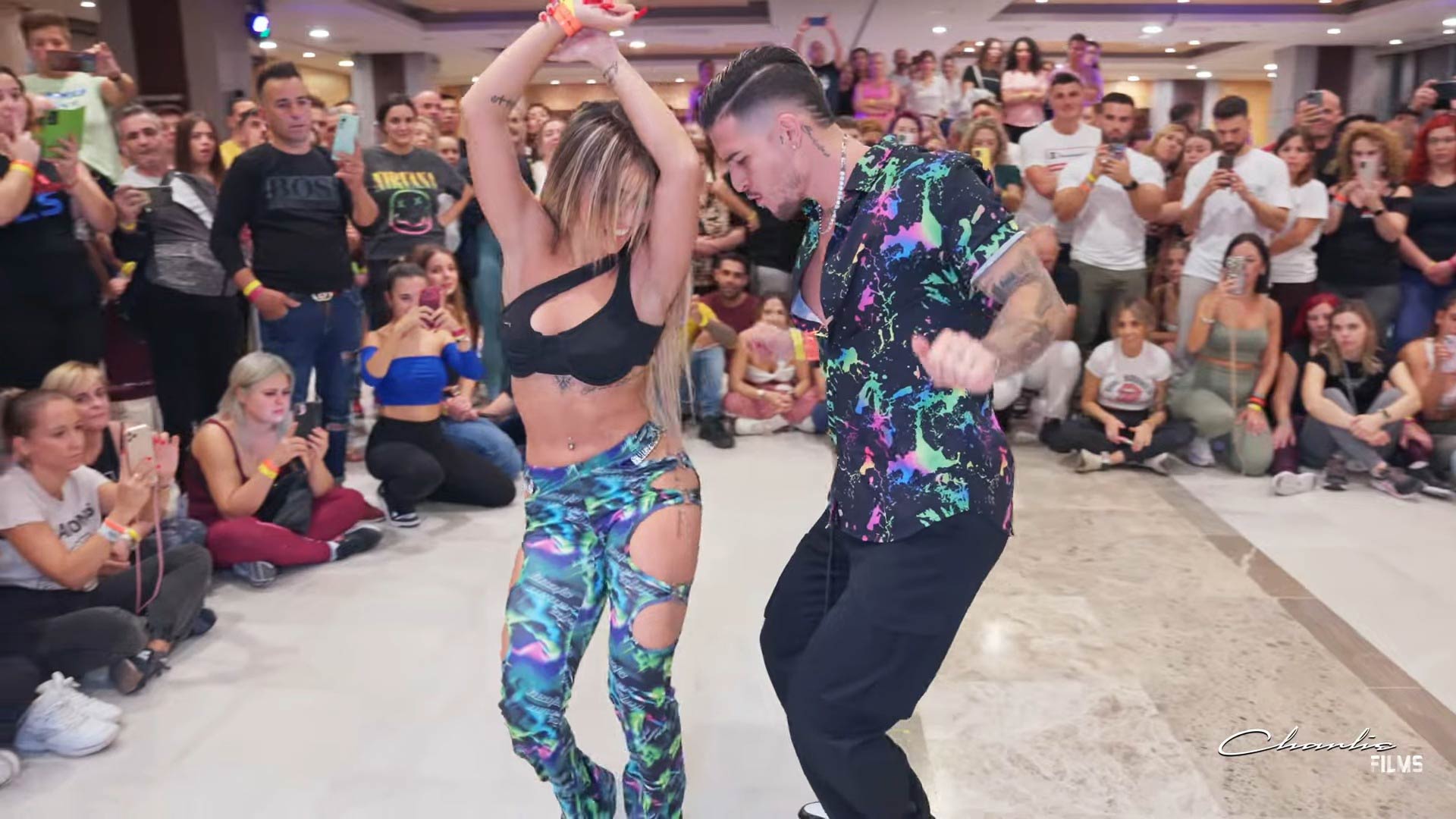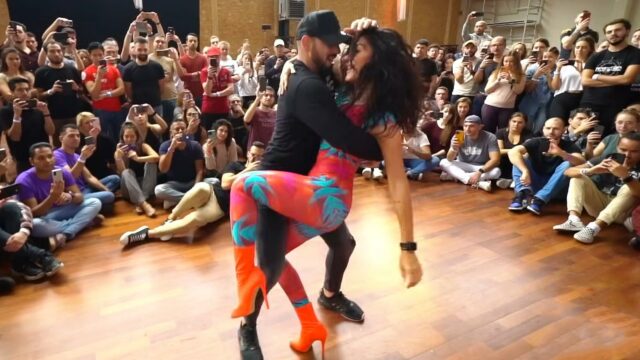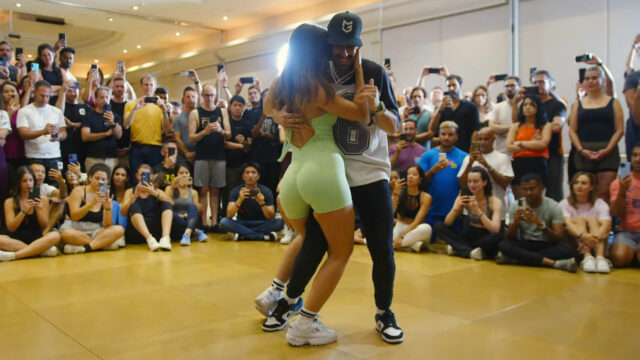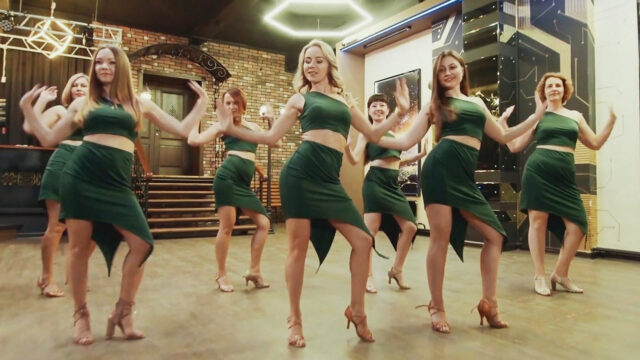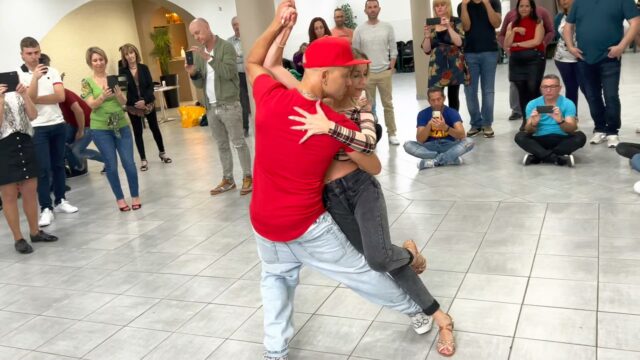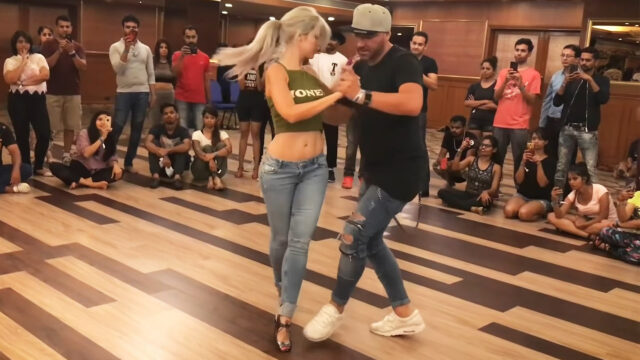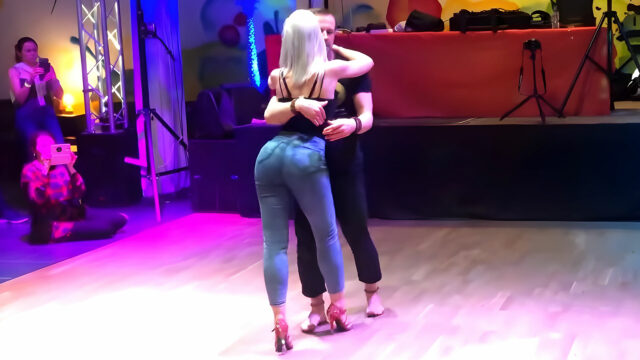Sensual bachata is widely known as an intimate and romantic dance. While often performed in close embrace, it also often incorporates solo moments where partners separate and express themselves individually. These solo sections give dancers crucial breathing space to reset and recharge. By stepping back and moving independently for a phrase or two, they get a moment of self-expression before reuniting. Solo moments ultimately deepen musicality and connection within the dance. Check out this fantastic performance of Simone and Danila as an example:
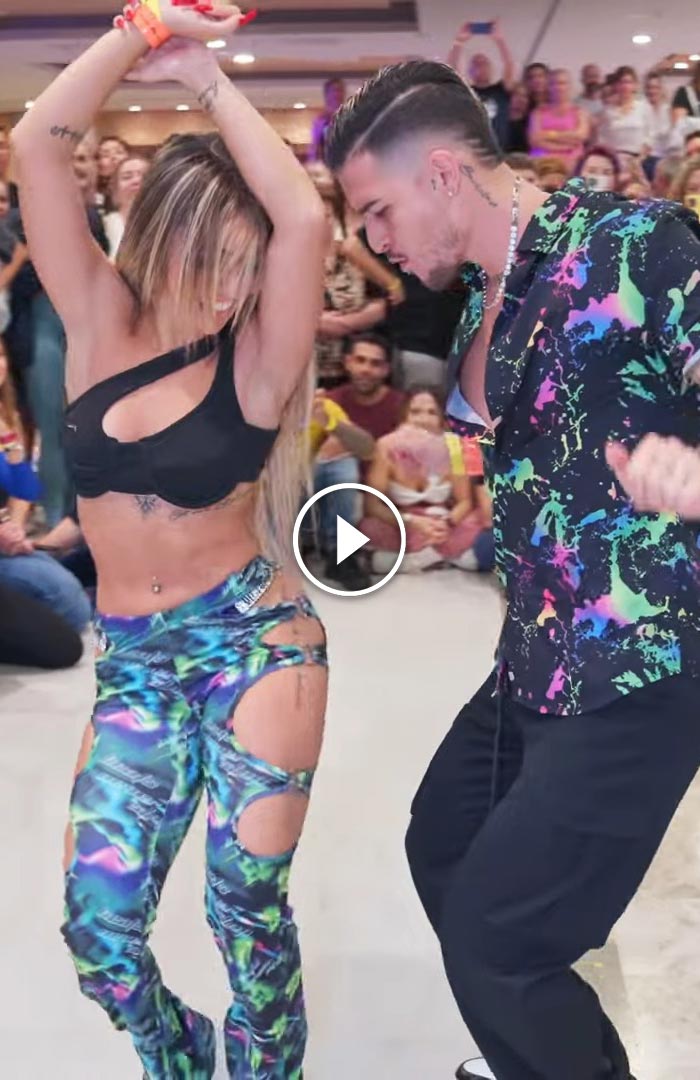
Solo movements, though performed alone, actually enhance the overall partnership. As partners separate, they build anticipation and passion for reuniting. Solo moves showcase each dancer’s style. Then, when partners rejoin, this builds renewed excitement. Like the cadence of conversation, these pauses between intimacy allow the dance to deepen.
- Can Dancing Lead to Jealousy and Insecurity in Relationships?
- He Doesn’t Like Dancing and Doesn’t Allow Me to Dance
- Shirtless Barefoot Street Bachata by Elvis Stephen
Types of Bachata Solo Moves
Solo work usually occurs when leaders initiate a move sending the follow into a turn or styling motion before reuniting. These solo sections allow dancers to accentuate musical dynamics, highlight flexibility and musicality, or simply reset spacing. Such moves often incorporate these elements:
- Turns and Spins – Turns showcase flair while building anticipation. Females might incorporate arm styling during pirouettes. Men incorporate foot work.
- Isolation and Body Movement – Undulations, shimmies, and isolations are common. Drawing the eye with hip circles, shoulder shakes, and head movements builds sensuality.
- Floor Work – Hits, taps, kicks add variety. Squats and drops demonstrate control. Arm styling complements leg dynamics.
- Connection Choreography – Some combos simulate reconnects. Side-to-side reaches and specific arm positions act like metaphors for uniting with a partner.
By developing a broad solo vocabulary, dancers gain options to sprinkle throughout partner dances. Even simple embellishments like taps and pauses add flavor. When used judiciously, solos provide spice.
Best Practices for Solos
How can leads and follows incorporate solos artfully? In sensual bachata, communication remains key. Solo moments succeed when the lead clearly indicates breaks and reunions through body language. Follows must listen to cues and time their reconnections. Here are some best practices:
- Coordinate Timing – Dance partners must both know when solos occur. Cues help transitions flow smoothly.
- Define Space – Couples should designate areas for solos to avoid accidental collisions with themselves or other couples on the floor.
- Keep It Simple – Overly long or complex solos lose their impact. Aim for the “leave them wanting more” effect.
- Reunite Artfully – Reconnections should seem effortless. Smoothly resume partner positions and patterns after solos conclude.
When utilized skillfully, solo elements elevate partner dancing immensely. However, excessive solo work can disrupt musicality and connection. Leaders should incorporate solo styling for follows in moderation, mainly on musical accents. As follows gain experience, leaders can experiment with longer phrases apart. Sustained eye contact ensures seamless transitions between solo highlights and partner sections.
Solo Moments Enhance Showmanship
Used strategically, partnered solos also showcase showmanship and personality. After all, variety entertains. When crews incorporate solos:
- Opening solos allow members to introduce their style. These first impressions set the mood.
- Transition solos seamlessly change formations between numbers without missing a beat. These demonstrate cohesiveness and togetherness even during breaks.
- Solo breaks offer rests for off-stage members. This conserves energy for whole crews over long performances.
- Finale solos incorporate groups’ best moves. Saving striking styling elements for the endings leaves audiences buzzing.
With practice, dance partners and crews gain familiarity to perform solos smoothly. Nailing these solo moments without losing the rhythms demonstrates flair and professionalism.
In Closing
In sensual bachata, less is often more. While close partner intimacy creates magic, sprinkling in solo moments allows personalities to shine. Like a sharp inhale between embraced exhales, this breathing room builds anticipation and deeper connections. Solo moves provide flavor. When strategically incorporated, these individual displays enhance the overall dance experience for both partners and audiences alike.
If you enjoyed this article, feel free share it with your friends and let them know what you think about it. Also, consider checking out our most recent posts and stay in touch. Thank you!
